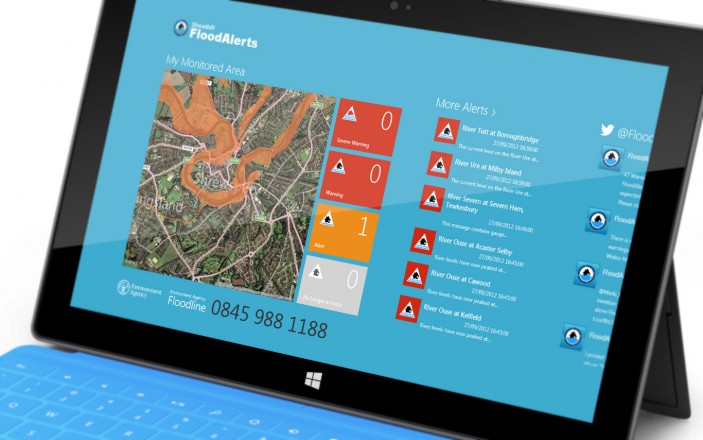Immersive storytelling is something of a buzz phrase at the moment. People on the street may think of major companies such as Disney or News International when it comes to producing stories which can be enjoyed on many different levels. However, it is not just the large companies that are getting in on the act. The fact is that anyone with a certain amount of talent and imagination can now jump onto the immersive storytelling experience. There are now more opportunities than ever before when it comes to choosing how to tell a story. Book publishers no longer just focus on producing a physical book, they also think about ebooks, audio books, apps – anything which can boost the customer’s storytelling experience whilst also maximising revenue streams for the company behind the idea.
So, if you have a fantastic story which you think can work well over different platforms, the first question that you have to answer is where do you want to start? If you don’t have any experience at all in working with digital technologies, it may well be worth investing in the services of a professional creative design agency. Having access to people who have done it all before can be the difference between failure and success. What is more, when it comes to creating products from scratch, unless you have the programming skills of Bill Gates, it is probably best to enlist the help of a software development company.
Video games, interactive websites, and apps are some of the biggest platforms involved in immersive storytelling. Consumers can really get involved with character development and feel that they have a role to play in developing a story when they are given different ways of interacting with a product. A software development company has the skills and expertise necessary to make the ideas in your head a reality on screen. Sean Koehl from Intel Labs explains the potential power of immersive storytelling:
“Technologies such as ultra-high-definition, high-frame rate [HFR], and 3D projection when combined deliver visuals in a manner much closer to the way you perceive the real world. When I saw the Hobbit in 3D HFR, I often felt more like I was watching a play with real actors in front of me than a film. At the same time, the increased fidelity also makes flaws more apparent – like wrinkles that suddenly become visible in HD – which raises the bar for the previous category of realism. Films and gaming have typically strived to create immersive experiences for their audiences; the rise of 3D content and gesture controls has added to this over the past few years.”
There is no doubt that any business that is able to successfully master the art of immersive storytelling is in line to make big money. Being able to identify where help is needed is one of the best ways of ensuring future success. Do not be afraid to employ the services of people with the experience and expertise to build your vision.
About the Author – Sarah Makinson is a freelance blogger who contributes to a number of consumer sites, including Shoothill.

